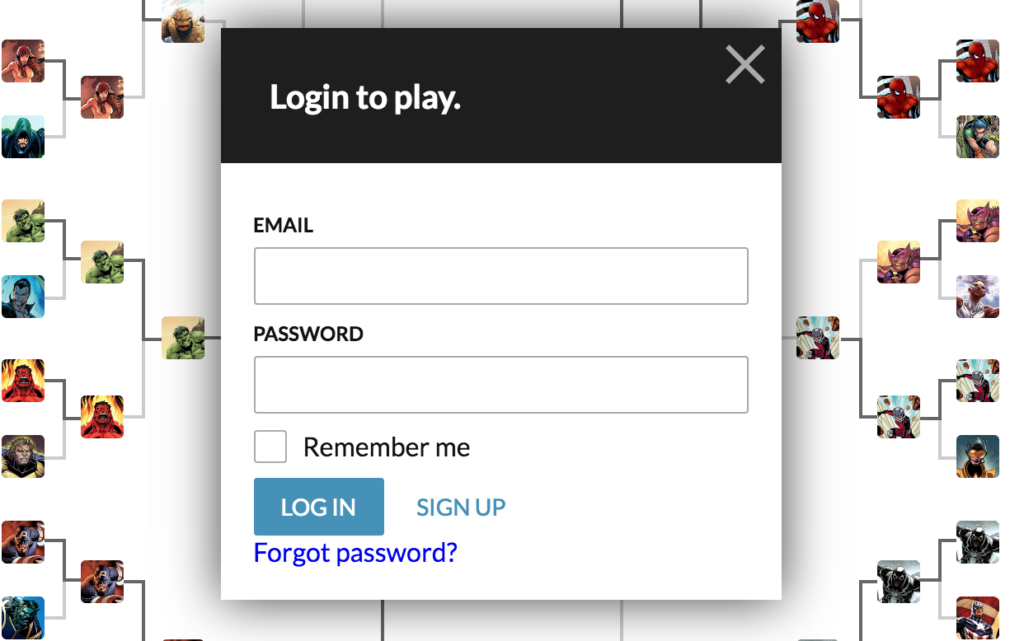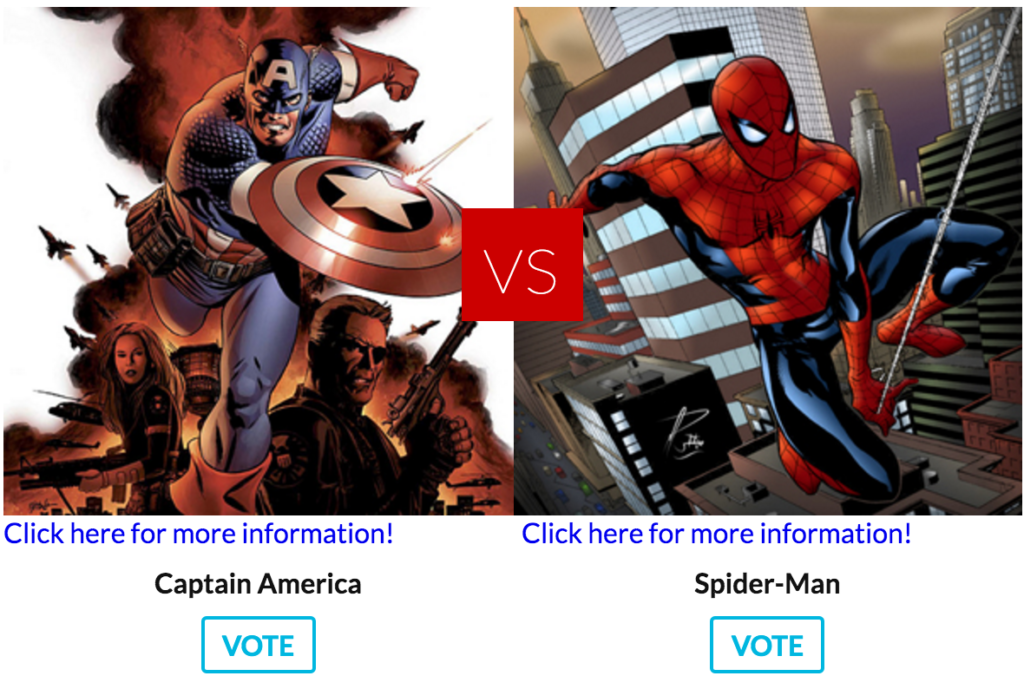Marketers all around the world now understand the need to create more engaging content that reaches their audience faster and keeps them hooked on the campaign. Since 2015 we’ve seen a tremendous increase in budgets for content marketing. We also saw more visual forms of storytelling arise, brands and publishers creating more contests and sweepstakes based campaigns, and mobile and analytics becoming essential for companies to understand their audience better.
In 2015, 98% marketers said that content marketing was core to their marketing strategies, and 69% said they were creating more engaging content than a year ago; this trend has been increasing in 2016. According to Content Marketing Institute, 76% of the marketers are going to create more content in 2016 as compared to 2015.
So what exactly are the goals for marketers when creating this content? According to Content Marketing Institute, 85% of marketers say that lead generation is the most important goal followed by 84% for Sales, 77% say Brand Awareness is key, and 76% have engagement as their top goal. To achieve these goals, marketers are now looking for new tools and technologies that can help them create more content that their audience loves and interacts with.
Let us look at some of the content marketing trends we have seen recently:
1. Visual is the key: With digital technology changing everyday at a fast pace, and people’s preference for shorter article length (usually 3-5 minutes), visual campaigns are becoming more important. Visual media is now becoming an effective means to boost traffic and brand awareness. According to a study by HubSpot, 65% of marketers believe that visuals like photos and videos are core to how their brand story is communicated, and 55% plan to create more visual content. With platforms like YouTube – which has become the second most popular search engine in the world – and increasing popularity and usage of Instagram and Snapchat, an estimated 84% of content will be visual by 2018. Here is a list of brands that are successfully creating amazing visual content for their users.
2. Personalized campaigns are rising: With so much content being created everyday, people are becoming immune to it. There is now a rise in companies creating more personalized content who are building stories that their audience cares about. Creating relevant content that users care about is key to increasing reach and driving sales. Here is an example of how Clymb used digital user personas to create a personalized campaign and increased their sales by 12%.
3. Interactive content is on the rise: We already know that passive content has struggled to keep consumers engaged. This is why there has been such an increase in interactive content such as quizzes, brackets and polls that are leveraged to drive more engagement and to keep brands top of mind. These interactive content types allow two way dialogs to happen, and enable users to express their preferences, feelings and tastes as part of a campaign. According to Demand Metric, interactive content is 2-3X effective than static content in lead generation, engagement and conversion.
Wikia is one brand that has done an amazing job of leveraging interactive content successfully. They’ve built interactive campaigns based on new blockbuster movies and TV shows coming out, such as Batman vs Superman, Game of Thrones, and Captain America. By including interactive elements inside of their static web pages, Wikia has simultaneously driven engagement (in the example below via a Prediction & Voting Bracket) and created dialogs with their users, while including their longer form copy as part of the story. In this example they are asking for login info to participate and also for user preferences on the Avenger movie thus gaining leads while driving engagement.


4. Influencer marketing is key: Influencer marketing is becoming a very important component for brands when they create campaigns. By working with influencers to promote their campaigns on social platforms such as Facebook, Instagram, YouTube and Snapchat, brands are increasing their reach to new audiences and consumers. According to a study by McKinsey, such campaigns received a 35% higher attention rate than paid ads, and fetched an ROI of $9.6 for every $1 spent in 2016, up from $6.85 in 2014. Here is an example of how Coachella used influencer marketing to increase their reach and tap into a new customer base.
5. Mobile-first content marketing is crucial: With more access to users on mobile, in 2016 we started to see more mobile first content marketing campaigns pop up. To attract users brands are now creating content or looking for tools that are mobile-first. Here is the marketing campaign by IKEA that was hughly successful and made something useful for its customers that was mobile-first, very fun and highly interactive.
6. Budgets are Increasing: Since 2016, we have seen that marketers are increasing their budgets for interactive content marketing. In fact, according to Content Marketing Institute, 77% of marketers said they would produce more content in 2016 than in 2015, while 51% say that they will increase their budget. if you add in the number who will have a similar budget from 2015, we’re looking at over 85% year over year. 2017 and 2018 stats are also on the rise – check back later for more details!
CONCLUSION:
We have reached the middle of 2018 and have already seen a big change in the interactive content marketing space. With marketers realizing the importance of interactive content they are searching for new tools and ways to help them reach their audience faster, and we believe that this will continue to increase rapidly in the coming months and years. It’s critical that brands and marketers create content that is highly personalized and that leverages interactive elements to keep their audience engaged. At Votion, we have a suite of interactive content products and work with some of the largest brands in the world, and if you’re looking for some new, innovative options please let us know.